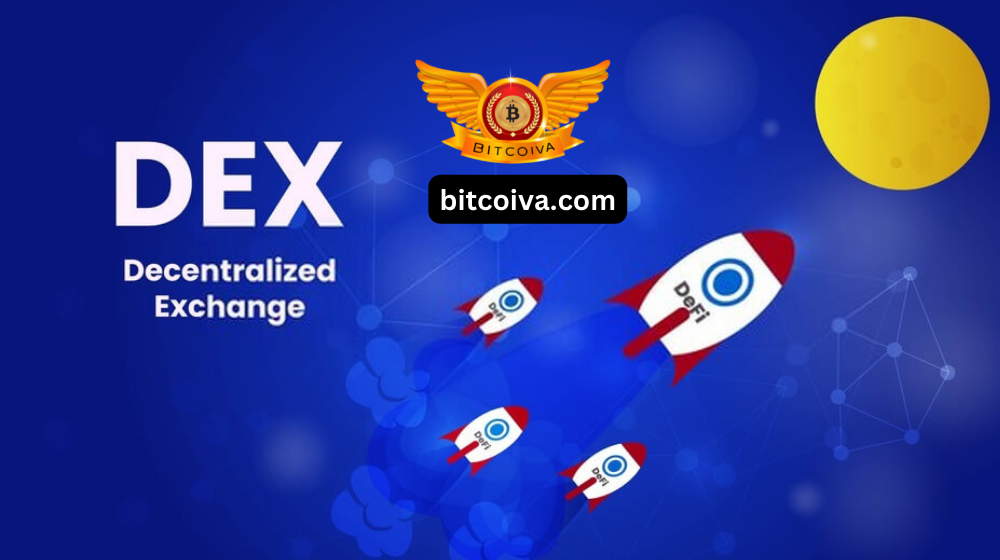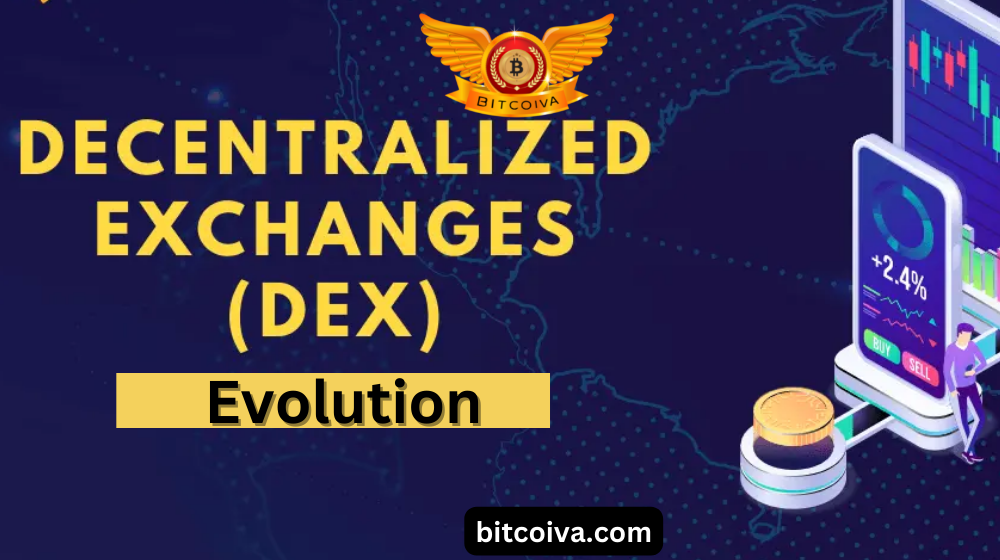The decentralised finance (DeFi) landscape of today is dominated by decentralized exchanges, or DEXes. These platforms have drastically altered the way consumers trade cryptocurrencies by enabling permissionless, peer-to-peer transactions.
Although today’s DEXes are generally feature-packed and user-friendly, a lot has changed since their early days.
Here, we examine the development of the DEX market in recent years.
2016–2017- First Generation Decentralized Exchanges
You might recall the first generation of decentralised exchanges if you think back to 2016.
Around this time, platforms like IDEX, EtherDelta, and ForkDelta started operating. They eliminated the necessity for OTC groups and minimized the requirement for trust by enabling peer-to-peer Crypto Currency Trading India for the first time.
However, these first-generation Cryptocurrency Exchange India platforms shared a similar set of issues:
1.Slow and awkward UX
2.Narrow liquidity
3.Partially centralized order books
Numerous first-generation DEXes were hybrid platforms rather than totally decentralised, despite not being custodial. They became vulnerable to regulatory threats as a result, and several platforms compelled to create KYC/AML regulations and prohibit IPs from particular locations.
More troublesome, were their slow and clunky user interfaces. This frequently demanded that customers either transfer their tokens to the platform’s smart contracts or register for an account in order to put their limit orders. Additionally, the platforms themselves were frequently slow, which made it challenging to Buy Crypto India effectively.
These issues influenced the development of the automated market makers (AMMs), the next generation of DEXes, and numerous first-wave DEXes have since changed to address these growing pains.
2018 -The Arrival of Automated Market Makers
The debut of the first well-known AMM, Uniswap, in November 2018 was when the DEX area first started to gain traction. The platform introduced the idea of decentralised liquidity pools and pricing curves, which altered how people view peer-to-peer trading.
It essentially resolved the liquidity issue by enabling users to deposit their assets into two-sided liquidity pools that compute the relative worth of each item using a mathematical formula . A Cambrian boom of ERC-20 assets aided by Uniswap’s effective pricing of newer, more speculative assets.
Only a small number of decentralised exchanges can categorize as order book DEXes. While the great majority adopt the AMM model today due to its immense popularity.
Almost all of the current main DeFi-capable blockchains have their own AMMs (or selection of AMMs). In which several can view as Uniswap forks or clones. Here are the immensely popular PancakeSwap DEX (for BNB Chain), SpiritSwap (for Fantom), and Pangolin (for Avalanche).
DEXes today are more accurately referred to be DeFi hubs. Most frequently, in addition to facilitating asset swaps, contain a variety of extra features like yield farms, decentralised lending services, and launchpads.
Additionally, they supported a number of new yield-bearing alternatives, such as revenue-sharing permissionless liquidity pools and decentralised lending protocols like Euler. This enabled users increase their capital efficiency.

2021 -Platform-Specific DEXes
The great majority of modern decentralised exchanges can categorize as asset-neutral. As long as there is a liquidity pool for that asset, they often let customers trade any assets they choose.
A new generation of platform-specific DEXes, however, has just lately emerged. These typically create with a particular ecosystem in mind . And only allow users within that ecosystem to trade a specific set of assets.
Katana, an AMM built on Ronin Chain, is one of the first instances of a platform-specific DEX. Users can trade the native assets of the Axie Infinity ecosystem, such as Smooth Love Potion (SLP) and AXS. As well as more general assets like Ronin (RON) and USD Coin, on the Crypto Platform India , which was created particularly for Axie Infinity users (USDC).
The creator and fan interaction network for YouTube, XCAD Network, is likewise developing a platform-specific DEX. But this time for creator tokens. The DEX will create a closed trading environment for XCAD users by enabling users to exchange their preferred creator tokens permissionless against a variety of stablecoins.
Platform-specific DEXes can generate a significant amount of trade volume given that some independent DApps have the ability to attract millions of active users.
The Katana DEX, one of the 50 largest DEXes by trading volume, has consistently reached $100M+ in daily trading volume. And an averages over $2M/day despite exclusively serving Axie Infinity players.
2022 Decentralized Multi-Chain Exchanges
The vast majority of DEXes in use today either run on a single chain or have independent versions of the DApp that are accessible on other chains but do not support cross-chain trading.
But the first wave of cross-chain DEXes are now operational because to developments in cross-chain technology like bridges and atomic swaps. The likes of Atlas DEX, Swappery, SushiXSwap, THORswap, and a few others fall under this category.
In order to execute cross-chain swaps, the majority of these Cryptocurrency Trading Platform In India currently use a combination of bridges and decentralised liquidity pools. Other systems collect liquidity from DEXes on various blockchains and use bridges once more to transfer tokens between chains.
Cosmos, an ecosystem of interconnected blockchains, offers a range of cross-chain DEXes, including Osmosis and Crescent. However, they are restricted to the Cosmos ecosystem and cannot connect assets from SDK blockchains that are not compatible with Cosmos.
There are now a few atomic swap DEXes, such Atomex, but none have attained broad usage.
2022 Onwards- Future Era
The DEX market is one of the DeFi space’s fastest-moving segments and is teeming with innovation. Multiple generations of DEXes have emerged in just six years, and some of the more well-liked choices are now starting to compete with the usability, functionality, and liquidity of centralized platforms.
Additionally, the first DEXes from the upcoming generation are starting to emerge. This includes companies like Sudoswap, which just debuted the sudoAMM, a DEX that uses bonding curves similar to those in AMM to revolutionize the way users purchase and trade NFTs.
Recently, Nasdex, a tokenized equities DEX, introduced. With this, users can trade tokenized stocks over the blockchain. And the Terra-based DeFi hub, Mirror Protocol, enables trading of synthetic stocks like AMZN, AMD, COIN, and others. Digital currencies issued by central banks (CBDCs) might also be treated to the DEX.
There is a great chance that a regulated CBDC DEX could launch in the future. And there is a possibility of less chance that a permissionless DEX will launch. Since most CBDCs are likely to launch on permissioned blockchains. This market is currently being investigated by central banks in more than 100 regions around the world.
But this is probably a few years away, if not more.
Visit us on: www.bitcoiva.com

